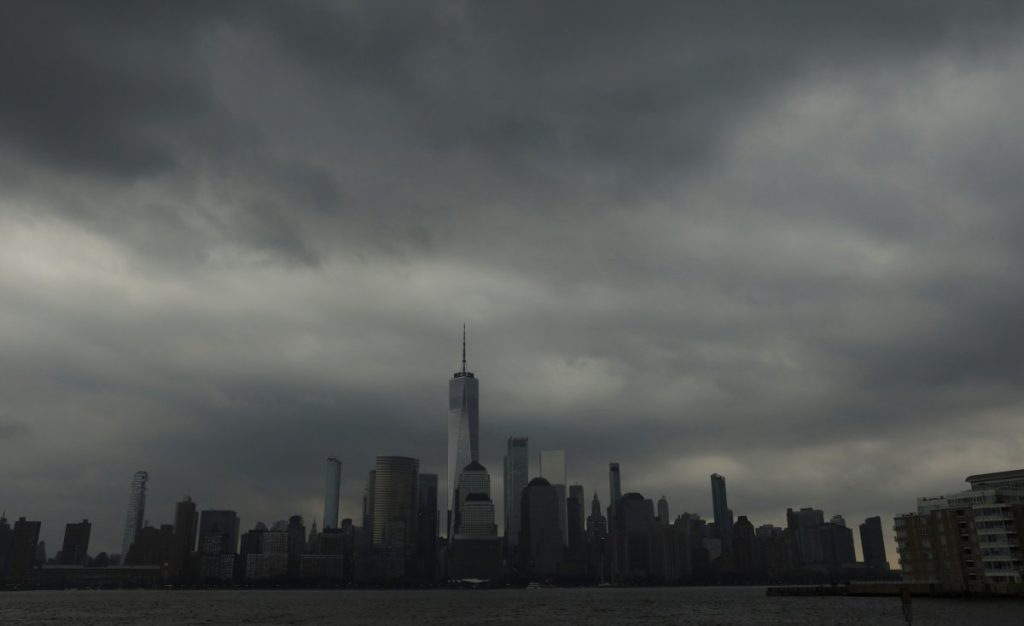Small Earthquake Rattles New Jersey and New York City

A minor earthquake struck the northeastern United States early Tuesday morning, briefly shaking parts of New Jersey and New York City and startling residents across the region.

According to the United States Geological Survey (USGS), the quake registered a magnitude of 3.0 and had its epicenter near Hasbrouck Heights, a suburban community in Bergen County, New Jersey. The tremor occurred at approximately 3:50 a.m. local time at a shallow depth, which contributed to its detectability despite the relatively low magnitude.
Though no injuries or major damage have been reported, the earthquake was widely felt across surrounding areas, including several neighborhoods in New York City. Residents in Brooklyn, Queens, and parts of Manhattan described waking up to brief shaking or rumbling sensations.
“I thought it was a truck going by, but then everything on the shelves started to rattle,” said Rosa Martinez, a resident of Park Slope, Brooklyn. “It only lasted a few seconds, but it definitely got my heart racing.”
Local authorities and emergency management agencies reported receiving numerous calls from concerned residents, though most were seeking confirmation of the event rather than reporting emergencies. By mid-morning, officials assured the public that there was no cause for alarm and that all critical infrastructure was functioning normally.
Small earthquakes are relatively uncommon but not unheard of in the New York metropolitan area. The region does sit on several minor fault lines, and while larger seismic activity is rare, mild tremors occasionally remind residents of the area’s geological complexity.
Seismologists emphasize that while a 3.0 magnitude earthquake is considered minor and typically causes no structural damage, such events are useful reminders of the importance of preparedness. “Even in areas not known for frequent seismic activity, it’s wise to have a plan and know what to do in case of a stronger quake,” said Dr. Ellen Bowers, a geophysicist at Columbia University’s Lamont-Doherty Earth Observatory.
As of now, there are no indications of aftershocks, but the USGS will continue to monitor the area closely. Officials encourage residents who felt the tremor to report their experience on the USGS “Did You Feel It?” platform to help scientists gather more precise data about the quake’s impact.
For many in the area, the early-morning jolt was an unusual reminder that even the East Coast isn’t entirely immune to seismic surprises.







